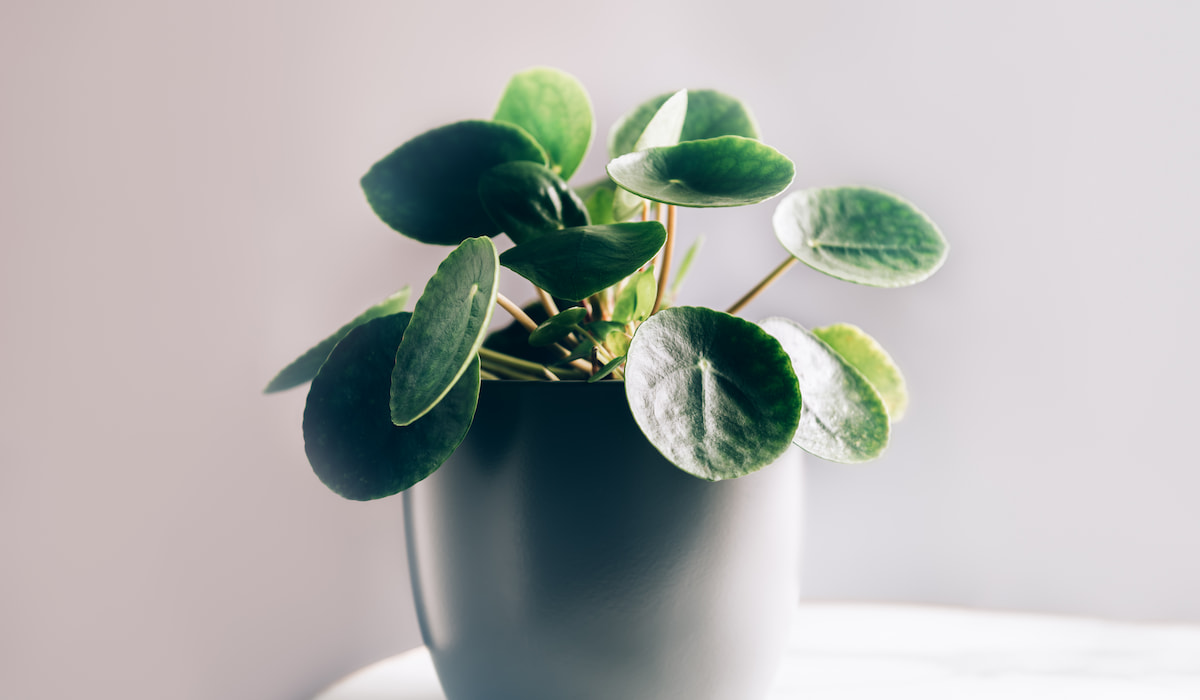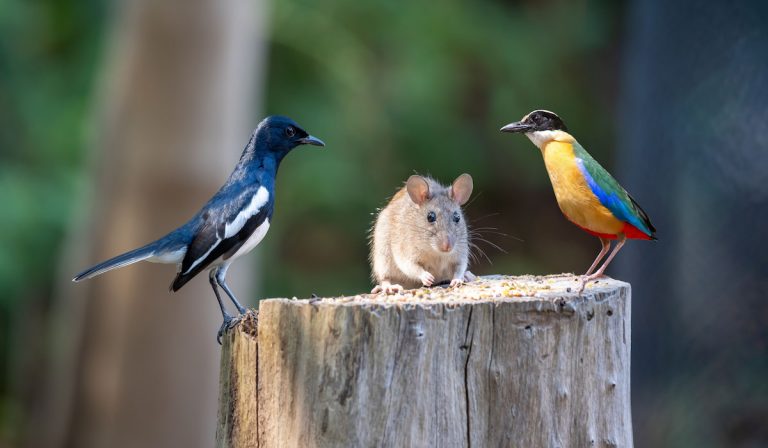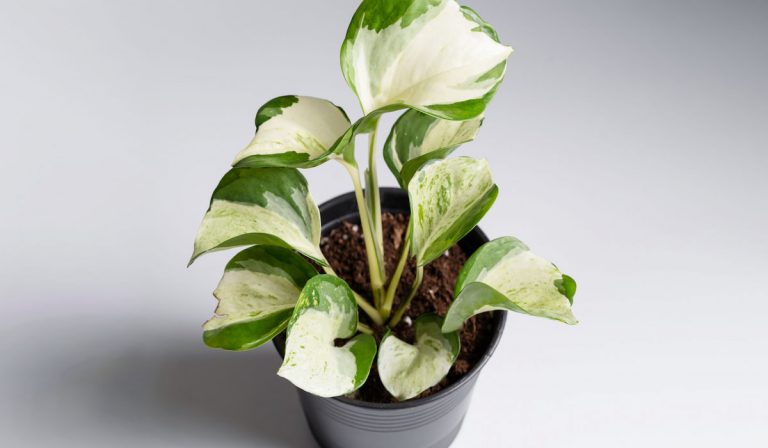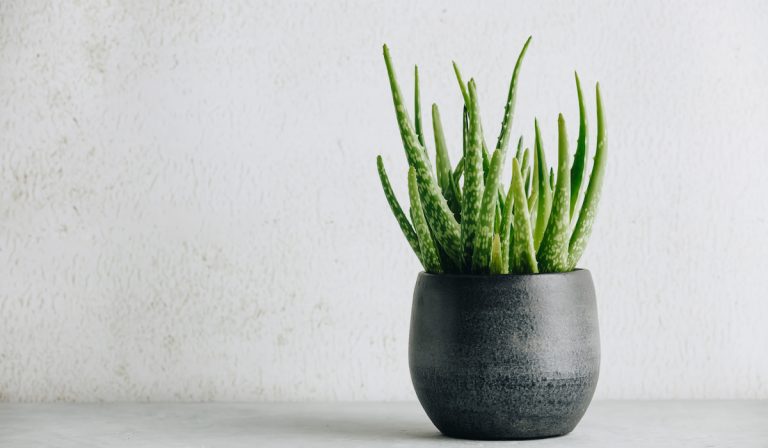10 Feng Shui Plants for Wealth
We could talk all day about the benefits a plant can bring into our homes. They provide a livelier environment, they balance our indoor environment, they clean the air, and they somehow help relieve our stre,ss which contributes to our overall well-being.
However, according to Feng Shui, there are more benefits of plants that not everyone knows of.
Some plants can attract positive energies into our home, promote good luck, and provide fortune, love, and prosperity. These plants are called good luck plants.
For this article, we’re going to talk about 10 Feng Shui plants that may bring you good wealth. Without further ado, let’s begin!
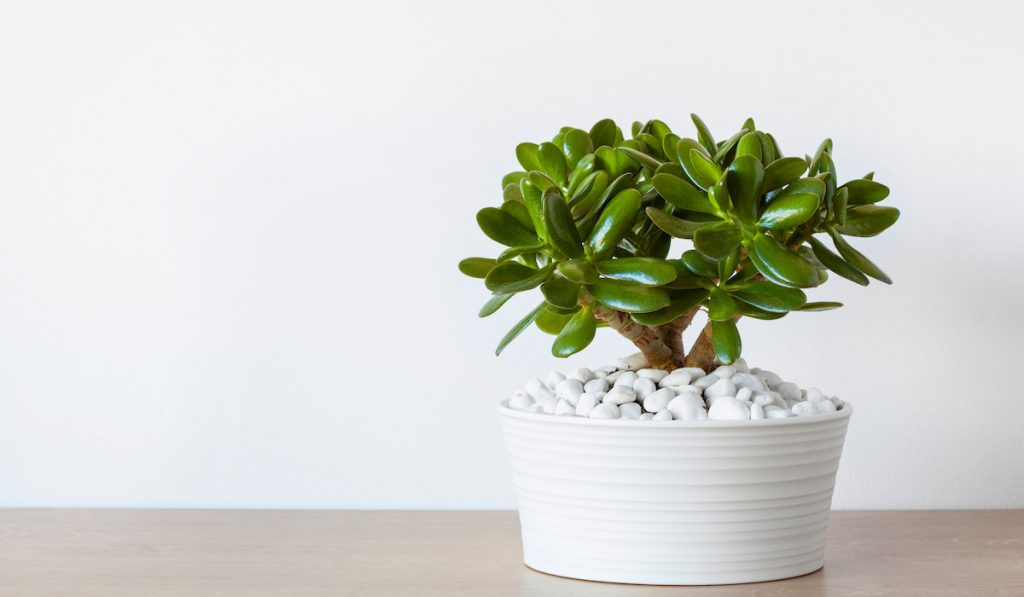
Table of Contents
1. Money Plant (Crassula ovata)
The most popular Feng Shui plant is one that is native to South Africa – the money plant. Coming from the family Crassulaceae, the money plant is believed to attract fortune.
As it grows, it helps harmonize humans with their environment, thus producing positive energy and good luck. According to Feng Shui, those plants with round, or coin-shaped leaves that are gathered together are known to be the best symbolization of wealth.
Aside from the fact that it brings fortune, one of the reasons why jade plants, the family of which the money plant is part, are popular is because of their hardiness.
They are easy to maintain, thus not needing a lot of care. They also help in creating a perfectly balanced environment in any home.
The money plant is often given as a gift for business owners since they bring success and wealth. However, it should not be confused with the Money Tree, which we’re going to talk about next.

2. Money Tree (Pachira aquatica)
Perhaps one of the plants we think of when we talk about Feng Shui is the money tree. This plant is said to attract wealth, fortune, and prosperity, which is one of the reasons why it earned its name.
This tree is also called Guiana Chestnut, Provision Tree, French Peanut, and Saba Nut.
According to the legend, this tree became a promising plant when a poor man prayed for money and he came across a strange-looking plant.
He then started making money from selling the plants he grew from its seeds, which is why he recognized this as a lucky tree.
For this plant to be effective, it should be placed in the southwest area of your house, or the “wealth” section on the Bagua. Aside from homes, money plants can also be placed at business establishments to attract wealth.
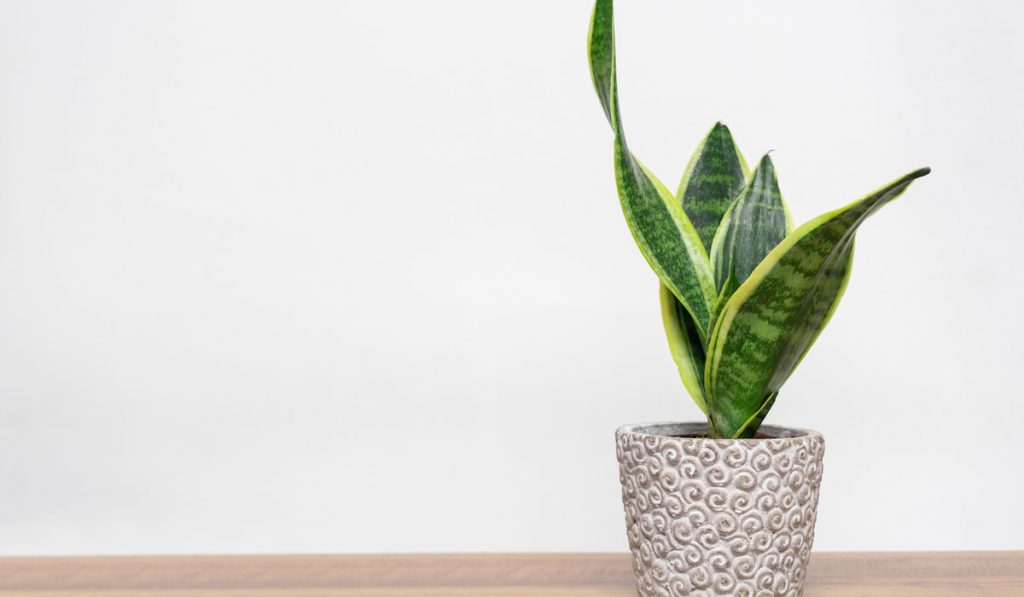
3. Snake Plant (Sansevieria)
This sword-like plant, called snake plant, can attract positive energy and good luck if positioned correctly inside a house.
While some believed that this is a bad Feng Shui plant because of its pointed leaves that look like a “poison arrow,” this plant can actually provide many benefits if, as mentioned, it is placed correctly.
Where should it be placed, anyway? Snake plants should be placed in front of a door or a large window since their pointed leaves are believed to serve as a protection from negative, harmful energies.
You should avoid placing snake plants in a bedroom, as well as in the children’s room.
This plant can also be placed in an office because of the positive and focused energy it provides. The snake plant is also called as mother-in-law’s tongue, or viper’s bowstring hemp.

4. Hedgehog Aloe (Aloe humilis)
Like the snake plant, the hedgehog aloe also has pointed leaves that are said to add protection from negative energies to your environment. Aside from that, it is also a powerful air purifier that shields your space from bad luck.
Like other plants, the position of a hedgehog aloe in your home plays a huge role in the type of protective energy you want to have.
Placing them in your bathroom will strengthen healing energy, while placing them by the window will allow them to act as a protective barrier, thus shielding your home from negative energies.
Hedgehog aloe is easy to care for. Aside from reducing toxic chemicals present in the air, it also functions as an antioxidant and an antibacterial, thus you can use it to treat certain skin conditions and wounds.
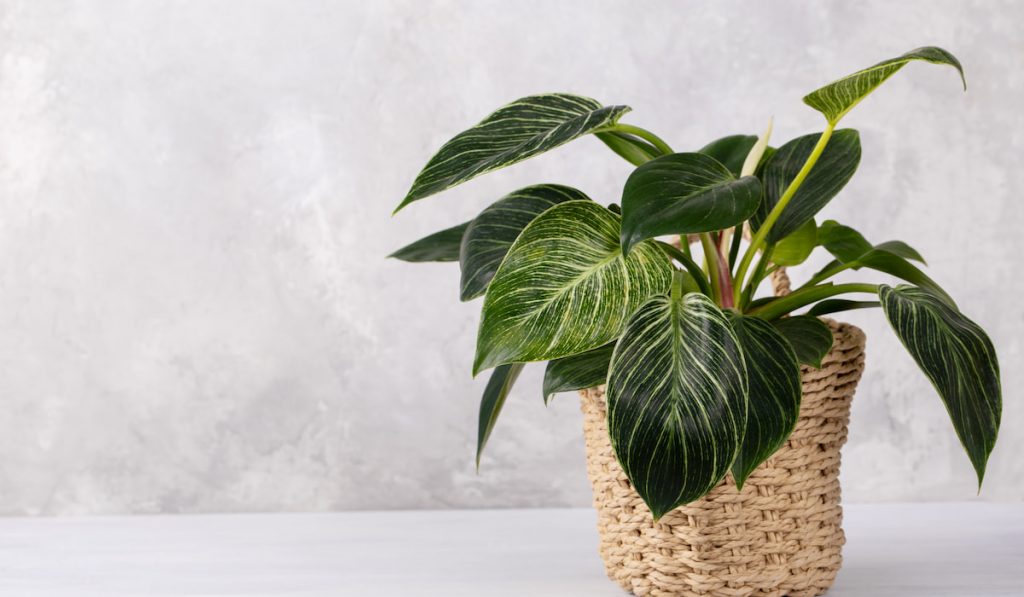
5. Philodendron
The philodendron, having heart-shaped leaves which resemble the element of fire, is believed to provide light in the life of its owner.
Because of its characteristic to easily grow in dark areas, philodendron should be kept in dark corners where it is believed that the energy is low.
In Feng Shui, this plant attracts great abundance, as well as the energy of warmth. Philodendron is best placed in the east and southeast areas of the house – the wealth and physical health areas of the Bagua.
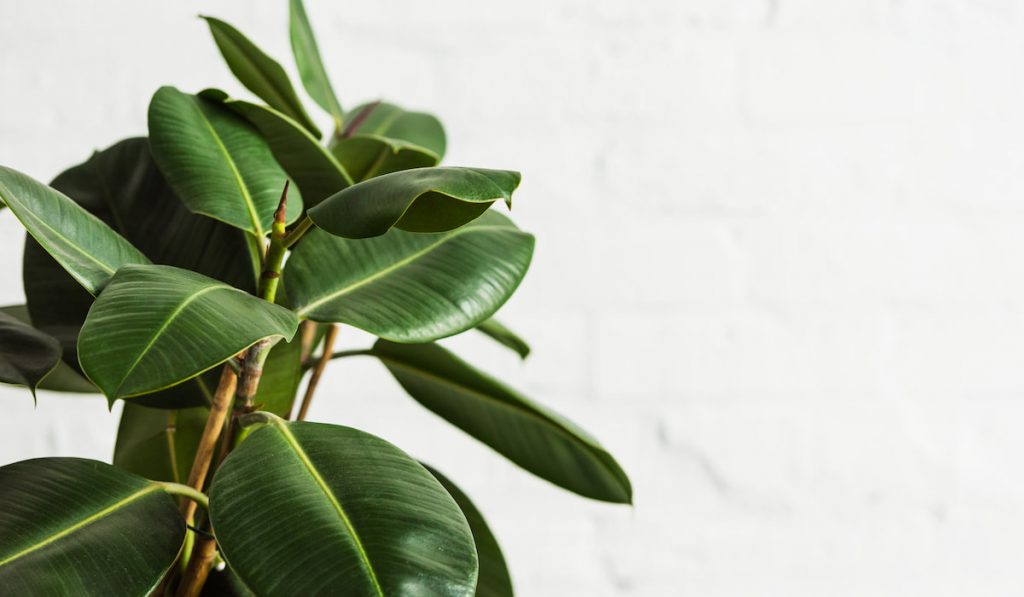
6. Rubber Plant (Ficus elastica)
Similar to the philodendron, the rubber plant also makes an excellent air purifier, removing toxic chemicals present in your home. This plant gives off relaxing energy, which helps in balancing the air in your environment.
Because it has a smooth-edged leaf, the rubber plant is said to attract wealth, positive energy, and good luck if placed in the east and southeast corners of the house. This plant grows around 6 to 10 ft., and can be placed in compact rooms and spaces.
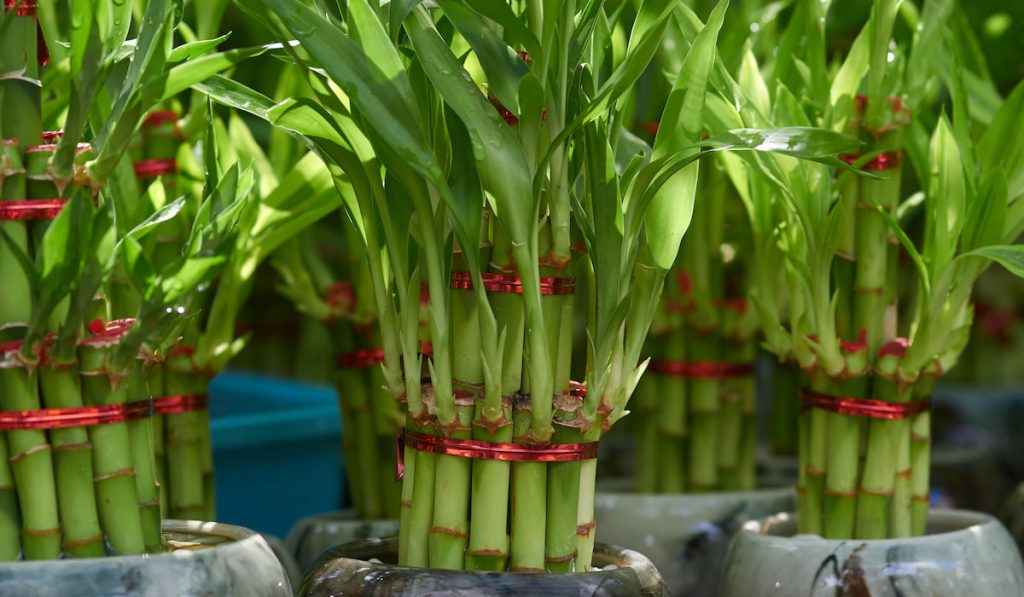
7. Lucky Bamboo (Dracaena sanderiana)
According to Feng Shui, the lucky bamboo is said to bring fortune, prosperity, and happiness. It is also believed that the number of bamboo stalks has various significance when it comes to attracting fortune.
Three stalks portray wealth, happiness, and long life, while 5 to 6 stalks represent wealth and good luck. Meanwhile, 7 stalks exhibit good health.
Because of its capability to live well in water, as well as in soil, the lucky bamboo is considered as one of the easiest of all plants to maintain. That’s why this plant is usually seen being sold in glass jars and pots with rocks and water.
If you decide to have them grow in water, make sure not to use tap water, but use filtered water, or rainwater, instead. You may also need to add liquid fertilizer every month to keep them healthy.
The lucky bamboo is also called Chinese water bamboo, Sander’s dracaena, and Goddess of Mercy.
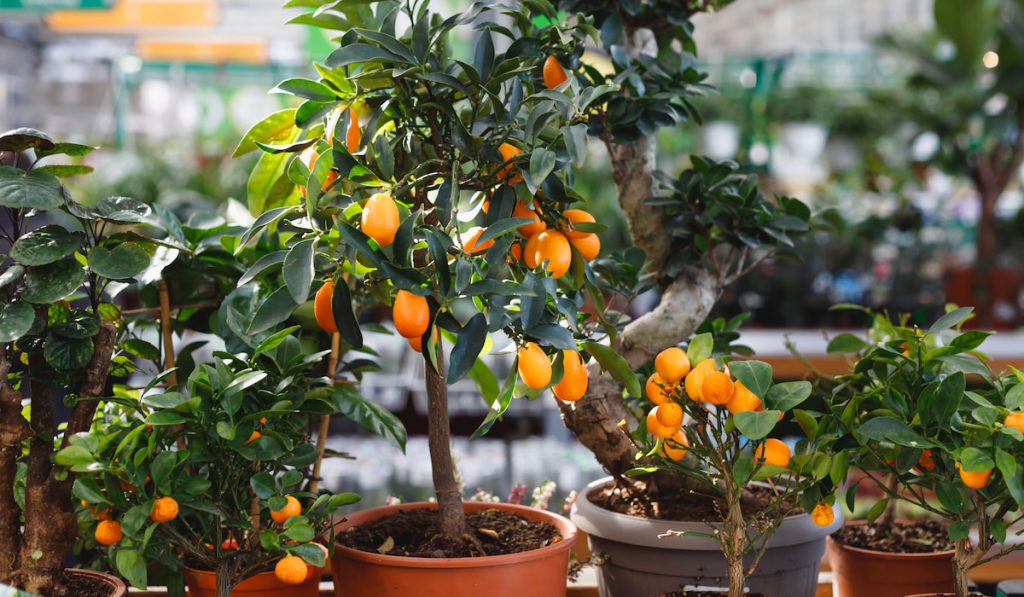
8. Citrus Trees
Another plant that is said to attract wealth, prosperity, and good luck are citrus trees.
While some Feng Shui believers grow citrus trees in their garden, there exist citrus trees that easily can grow in a container indoors, such as ornamental orange, lemon, and lime trees.
When grown indoors, citrus trees will usually have the appearance of a small shrub-like plant. They are best placed in the kitchen, or if you want to add texture to other rooms, you can place them there, as well.
The good thing is, you can actually train a citrus tree to grow taller if you prefer them that way. According to Feng Shui, the best types of citrus trees are dwarf lime or lemon trees.
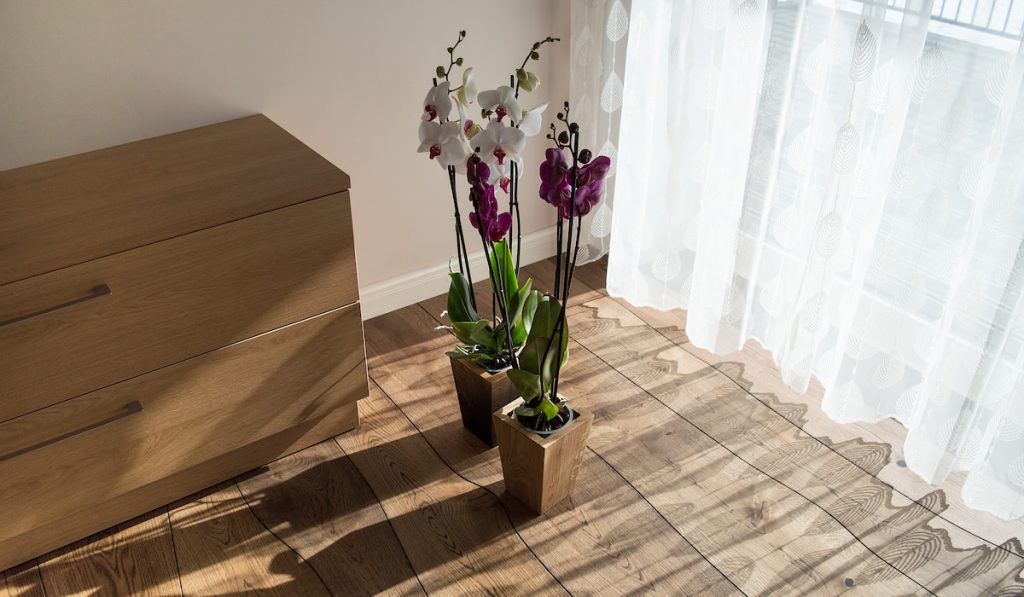
9. Orchids
Not only do they serve as beautiful ornamental plants, but the elegant orchids can also bring luck.
They are unique in Feng Shui because their prominent attribute is their distinctive flowers. While there are thousands of orchid types that exist, the violet orchids are said to be the luckiest type.
This gorgeous lucky plant not only symbolizes love and beauty, but also better relationships, enhanced fertility, and of course, happiness! That’s why orchids are best given to new families to attract harmony.
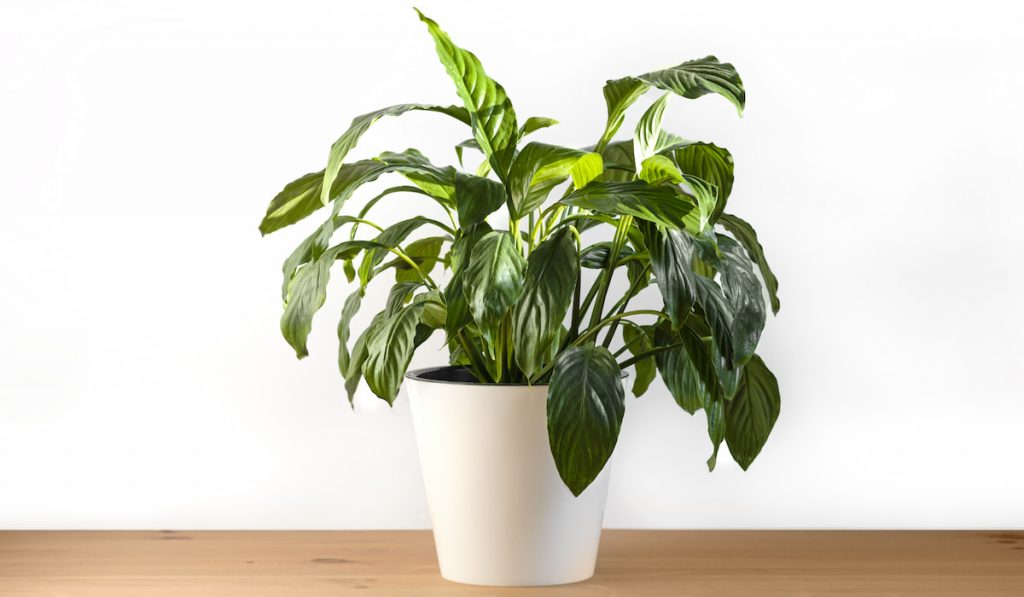
10. Peace Lilies (Spathiphyllum)
Not only do peace lilies help purify the air, but like the orchids, they also invite harmony.
Having bold green leaves and brilliant white flowers, who isn’t attracted to this good luck plant, anyway? Wherever they are placed, this plant will surely give a lovely atmosphere.
It is proven that peace lilies really do purify the air. In fact, they are listed as one of the plants that helps clean the air, according to a 1989 NASA study.
Don’t be confused, though. Although they have ‘lily’ in their name, they did not come from the family Liliaceae.
Instead, they are part of the flowering leafy plant family Araceae. Their striking green leaves can grow up to 25” long and 10” wide, with their white flowers that grow from 4” to 12” long.
Since they are great air cleaners, peace lilies can be placed anywhere – in your home, at your home office, and even on your office desk. In addition to them being purifiers, peace lilies are also easy to care for.
And that ends our list of the 10 Feng Shui plants for wealth. Whatever plant you choose from our list, the most important thing is you act upon your goals.
These plants only help in bringing wealth, but the rest is up to you. If you find this article helpful, or you think someone might need to read this, please feel free to share this article with them!
Resources:
- https://bloomscape.com/green-living/the-8-best-feng-shui-plants-for-the-home-according-to-the-pros/
- https://leafyplace.com/lucky-plants/
- https://feng-shui.lovetoknow.com/feng-shui-home/feng-shui-plants
- https://www.mashrita.com/10-best-feng-shui-plants-bring-good-fortune/
- https://fengshuibeginner.com/does-snake-plant-bring-good-or-bad-feng-shui/
- https://www.thelist.com/245443/the-best-plants-for-good-feng-shui/
- https://orgizon.com/ornamental/feng-shui-plants-for-home-offic
- https://www.ehomeinterior.com/feng-shui-plants/#Hedgehog_Aloe
- https://www.gardenworks.ca/news/43/lucky-plants-for-an-auspicious-new-year
- https://www.fnp.sg/blog/the-best-5-feng-shui-plants-for-a-peaceful-life

